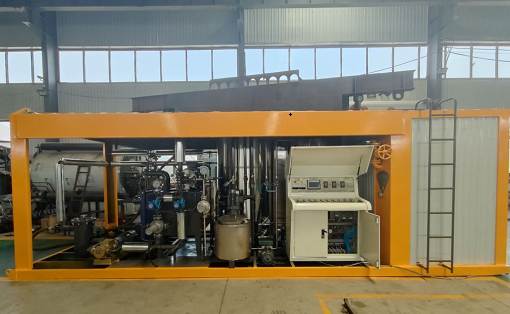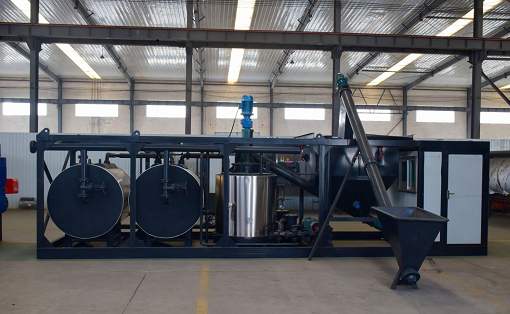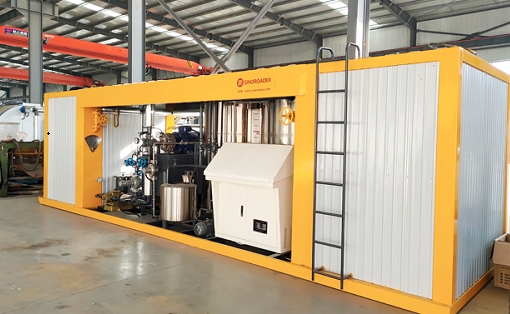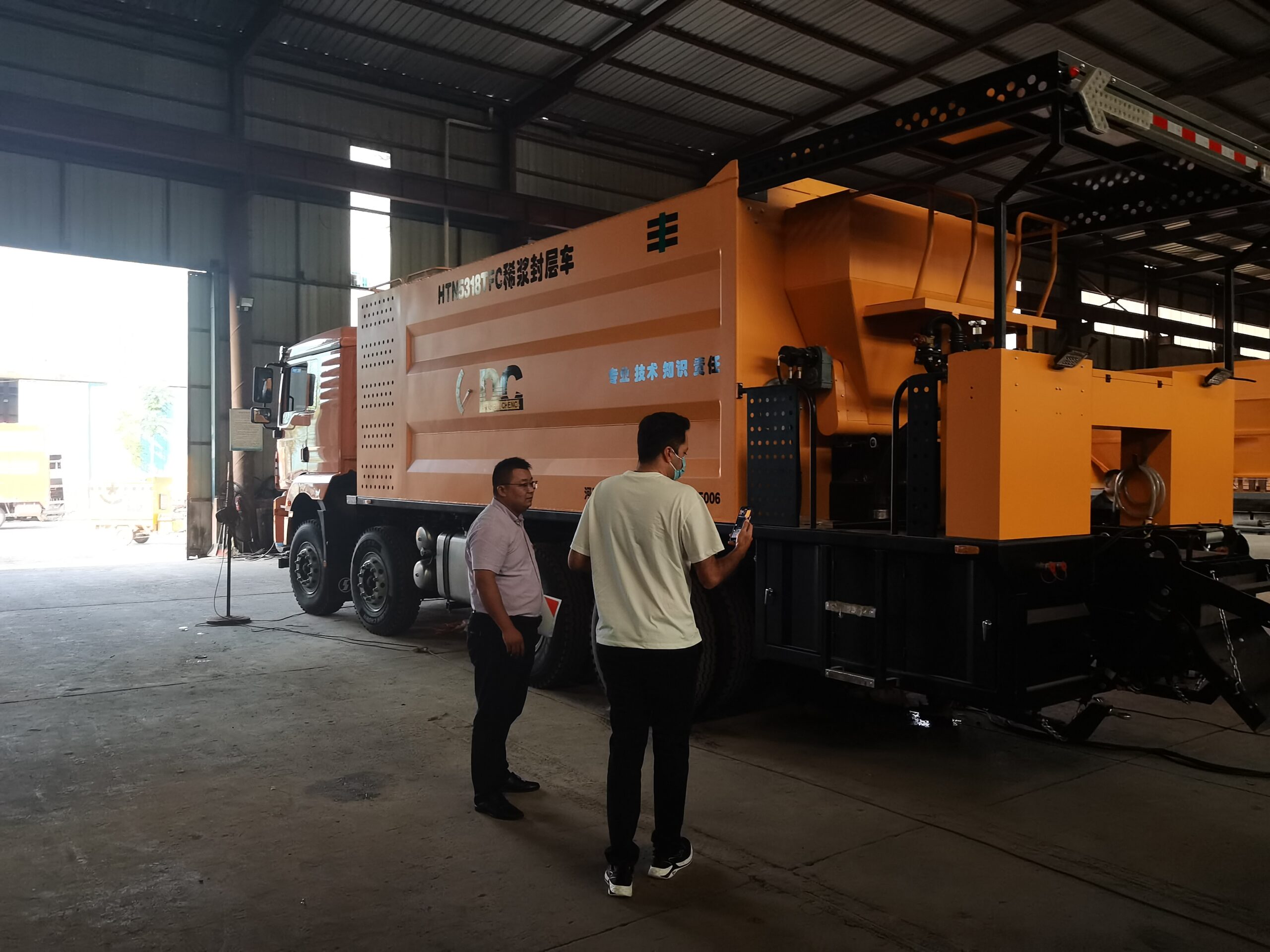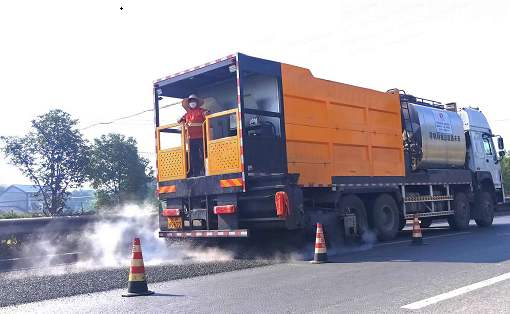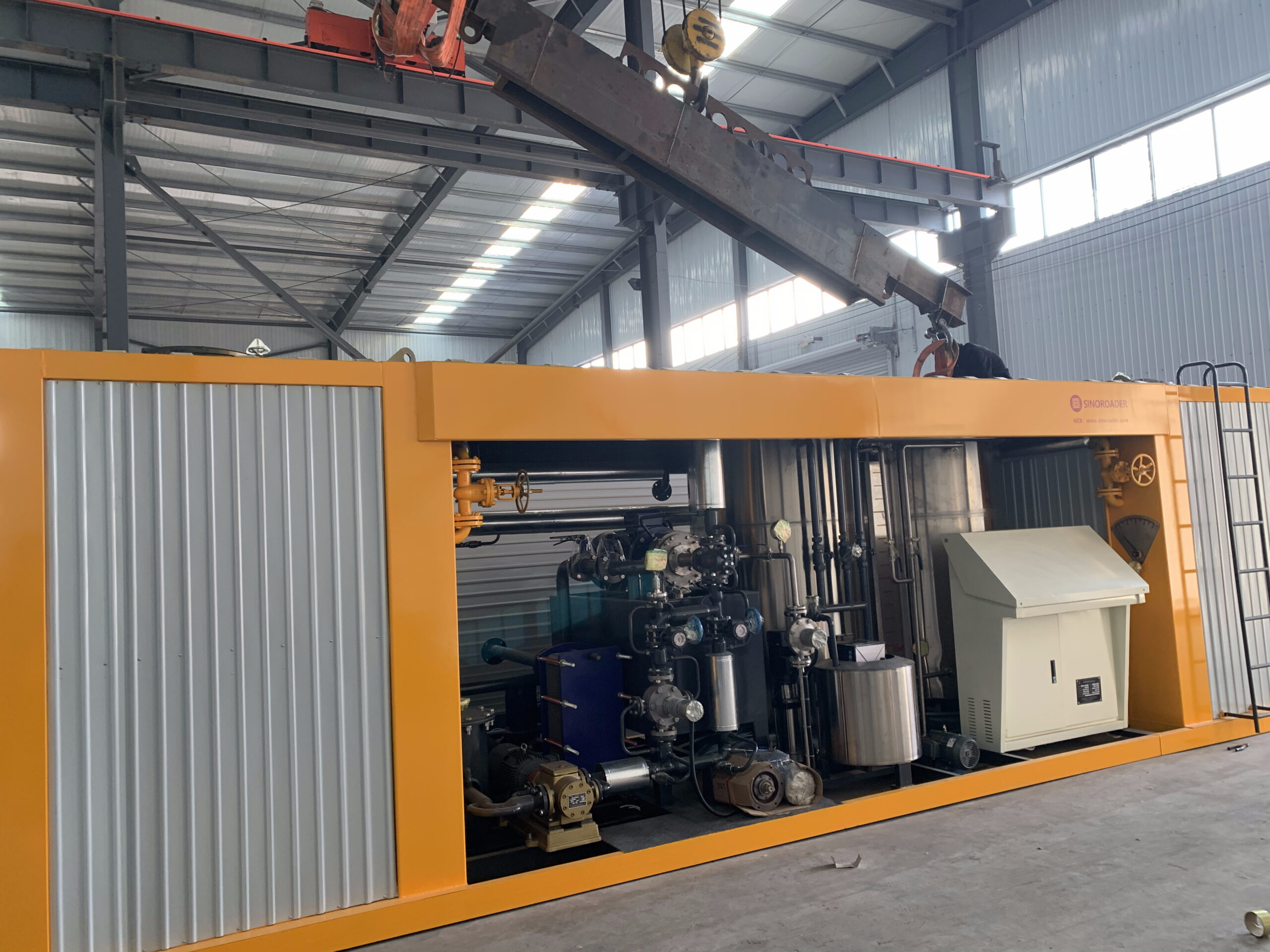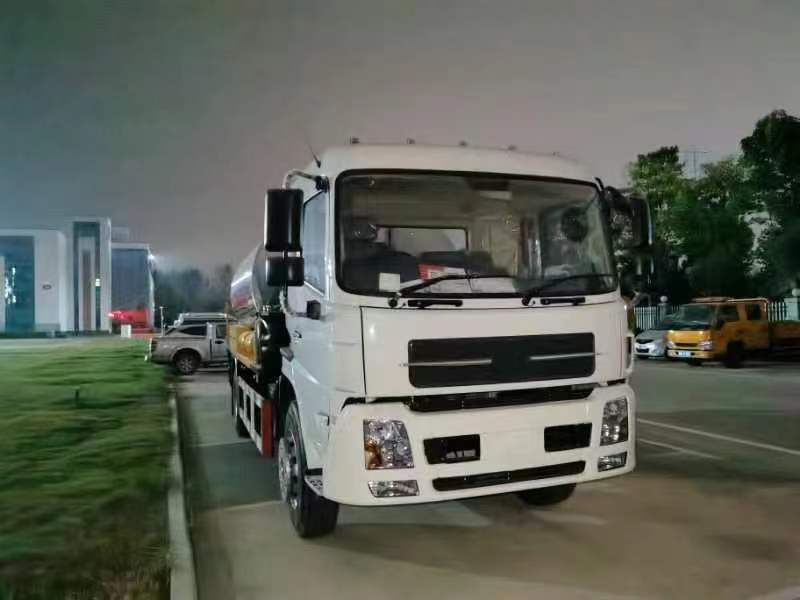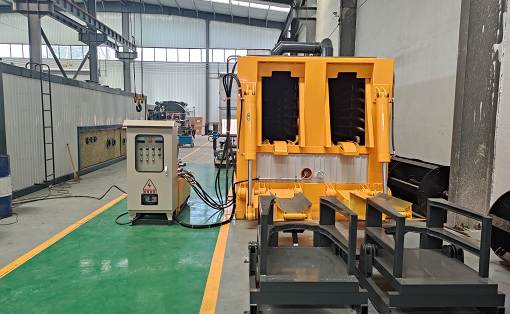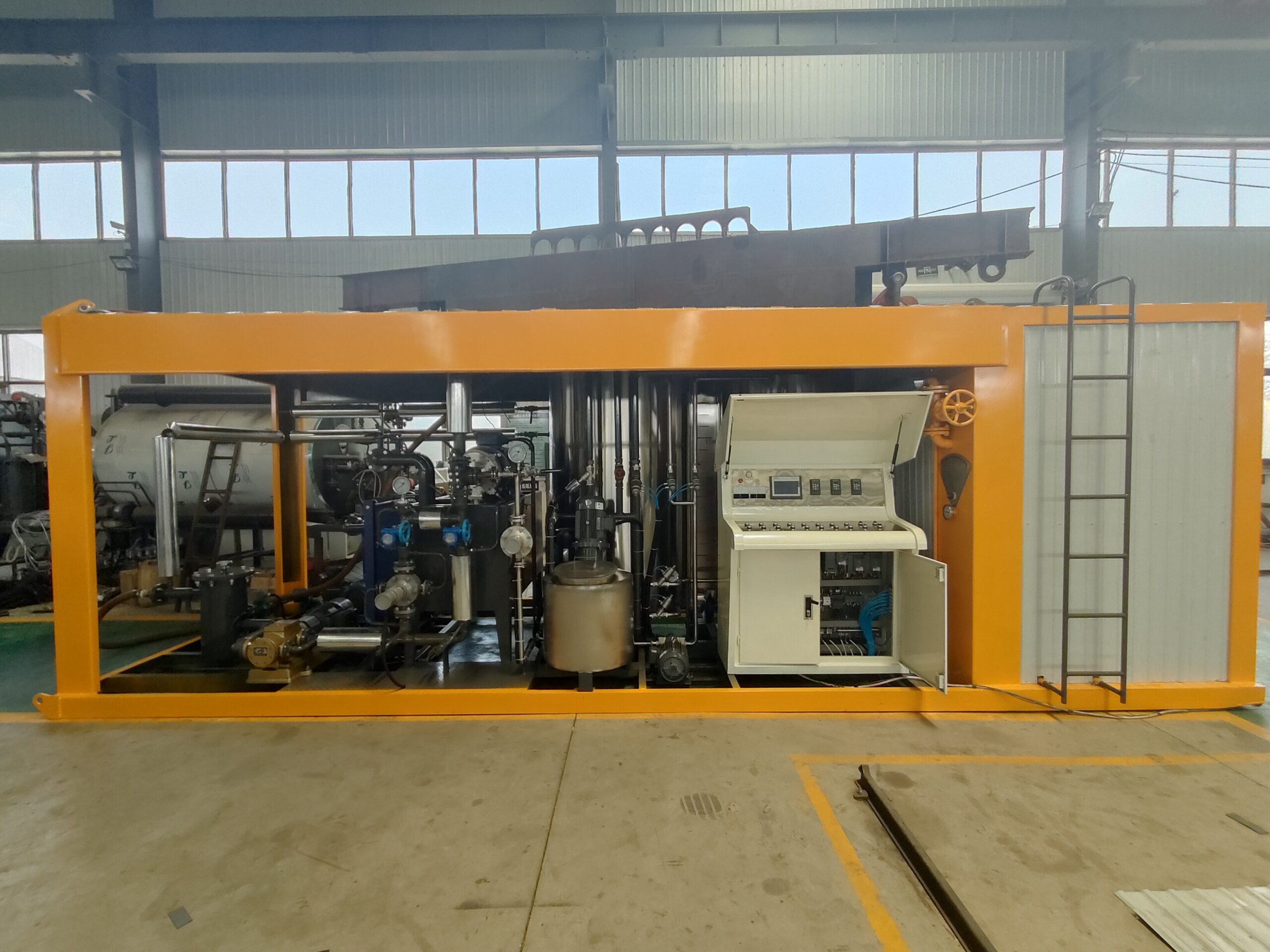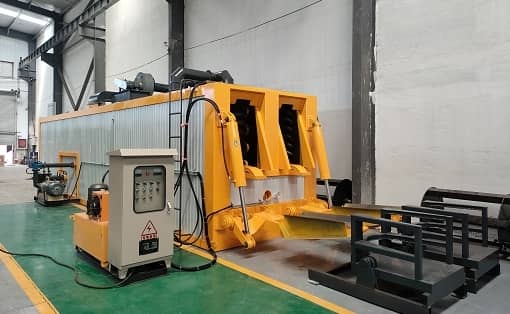Skilled operation technology of modified asphalt equipment is the most important
We should select products that meet the specifications, and we should not select raw materials that do not meet the specifications. The other thing is the operation technology of asphalt heating equipment. Skilled operation technology is the most important, and training is required before taking up the post.
In recent years, with the continuous development of various industries, the production of various equipment including modified asphalt equipment has been further developed and applied. Professionals introduced that in the process of using modified asphalt equipment for production, the terminal control system implements full automatic control of medium weight, working temperature, working flow, valve opening and closing, etc., thereby ensuring the quality of modified asphalt and greatly improving production efficiency. Now Shandong Duxiu Factory will explain the operating advantages of modified asphalt equipment to customers:
The base asphalt is heated to 150-170℃ in the rapid heating tank and then enters the blending tank to mix with the modifier fed in through the feeding device. The asphalt pump at the bottom of the blending tank then sends it to the colloid mill for high-speed grinding and shearing, so that the modifier and base asphalt are fully dissolved in extremely small particles, thereby improving the various properties of the asphalt. The finished modified asphalt after high-speed shearing and grinding enters the finished product development tank at the rear for direct use.
We should select products that meet the specifications, and we should not select raw materials that do not meet the specifications. The other thing is the operation technology of asphalt heating equipment. Skilled operation technology is the most important, and training is required before taking up the post.
In recent years, with the continuous development of various industries, the production of various equipment including modified asphalt equipment has been further developed and applied. Professionals introduced that in the process of using modified asphalt equipment for production, the terminal control system implements full automatic control of medium weight, working temperature, working flow, valve opening and closing, etc., thereby ensuring the quality of modified asphalt and greatly improving production efficiency. Now Shandong Duxiu Factory will explain the operating advantages of modified asphalt equipment to customers:
The base asphalt is heated to 150-170℃ in the rapid heating tank and then enters the blending tank to mix with the modifier fed in through the feeding device. The asphalt pump at the bottom of the blending tank then sends it to the colloid mill for high-speed grinding and shearing, so that the modifier and base asphalt are fully dissolved in extremely small particles, thereby improving the various properties of the asphalt. The finished modified asphalt after high-speed shearing and grinding enters the finished product development tank at the rear for direct use.



